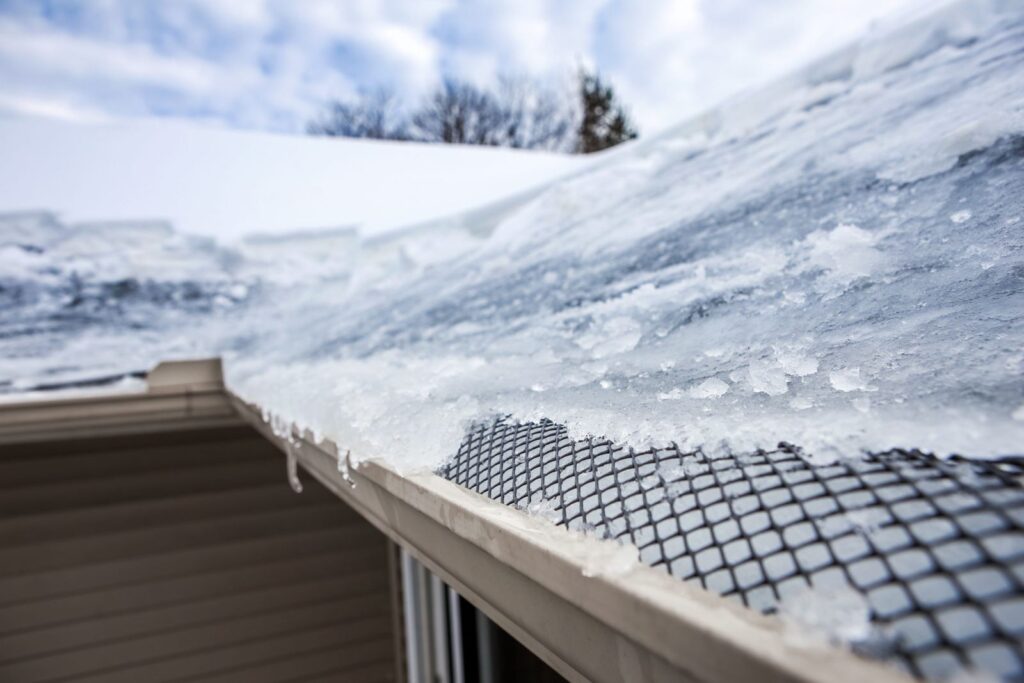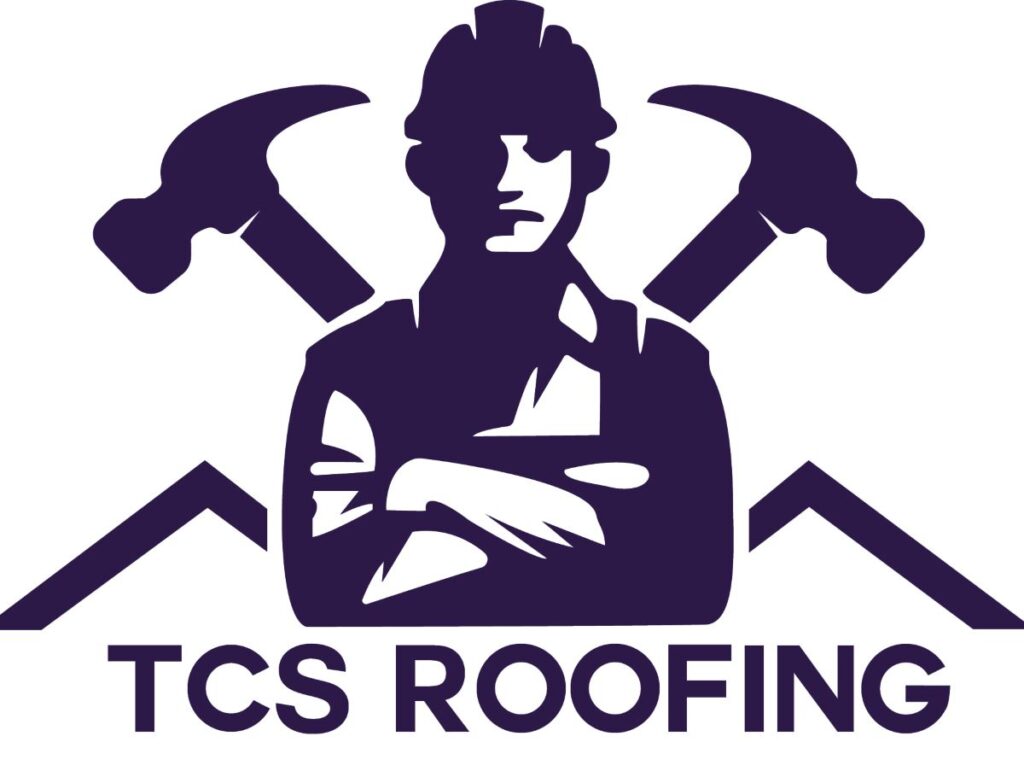4 common causes of a Leaky Roof in the Winter

Ice Dams
They occur when heavy snow buildup melts during the day and then refreezes when temperatures drop overnight. After several days of melting-freezing cycles, it’s common for the melted water and ice to work up under the shingles until water enters the attic and eventually does damage to the ceilings, wall and contents.
Attic Condensation
If your attic isn’t well insulated, warm, moist air from your home can enter. Because attic temperatures are cooler than living space temperatures during the winter season, this moisture turns to condensation and collects on rafters and other wooden surfaces.
The droplets then fall and can seep through the ceiling, causing the appearance of a roof leak. The water can also put your ceiling rafters at risk for developing rot, mildew, and harmful mold.
Exhaust Fans
Exhaust fans, like the ones typically found in bathrooms, aren’t usually vented to the outside, they vent straight into the attic. As warm moist air from the bathroom is exhausted into the attic through the ventilation system, condensation can form and turn to frost or ice, then drip down in what appears to be a roof leak.
Compromised Flashing
Flashing is a vital component of a sturdy roof. It covers seams and gaps, like where the roof meets the chimney to form a seal that prevents water from leaking through. If your flashing is damaged or cracked, melting snow or ice can leak through the imperfections, causing a leak.

